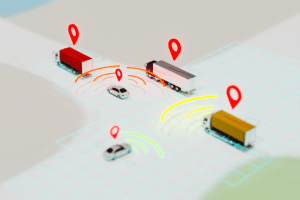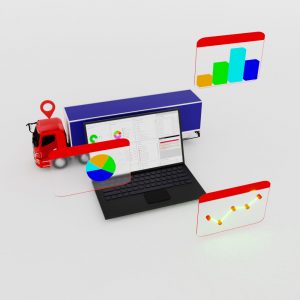As many companies begin to plan around the “new normal” post COVID-19, there has been an increasing focus on how technology can automate and provide solutions to help with early detection and tracing. Many are considering adopting a more automated method for temperature taking rather than having a security guard doing this and manually recording this info on a paper. Thermal scanners have proliferated in the market as a result of this and some come with additional features such as facial recognition, multi-person scanning and audio-visual warnings.
Those that choose to make the investment now are also pondering whether the capital outlay will still provide value once the situation normalises again. The simple answer to that question depends on a few factors when choosing which thermal scanners to purchase on the market. We detail a few noteworthy pointers to ensure that your investment does not become obsolete in the long term.
Cost consideration
Besides the upfront hardware costs, one must consider the ongoing recurring costs of deploying such solutions. There are solutions out there that operate on the highly popular SaaS model where they collect a monthly fee for the platform usage and access. This recurring cost in the long term may not be worthwhile especially with the fluid situation concerning COVID-19. It is advised that before making this investment to consider the long term costs and conditions related to the service termination.
Luckily, there are also many providers that are aware of this and choose to offer their solution as an all-inclusive package including hardware and software that can be hosted locally by the client themselves on laptops or PCs.
Modes that are available on the thermal scanners
Whichever model you are considering, it is important to understand the different modes and features available on it and assess their flexibility and utilisation in a post COVID-19 situation. Take for example a thermal scanner that can perform facial recognition on top of temperature scanning. It would be good to assess if these features can be used in isolation should temperature scanning requirements fall away later on. The unit could still serve as an attendance recording and security access mechanism using facial recognition to identify staff and visitors entering the premises.
Not all solutions have this flexibility so it is suggested to always check if modes can be toggled on and off to provide diverse utilisation in different scenarios.
Physical Inputs/Outputs and database fields that are available for future/present integration
More often than not, most organisations would already have existing systems such as attendance tap in/tap out, door access and turnstile/gantry systems that either operate on a standalone or integrated basis. Businesses introducing new systems such as an automated thermal scanner would probably also want it to be able to be interoperable with the other systems for consistency. For those that desire this, it is crucial to assess whether the thermal scanner has available inputs and outputs (I/Os) that can take in send and receive information from other devices. Take for example a thermal scanner that has sufficient I/Os that allows for integration to your door access or gantry system. When visitors or staff have a high temperature detected, the thermal scanner will not allow access through the door access or gantry system.
For the future usage of your thermal scanners, this is an important consideration as there is additional value created when it can be interoperable with other systems to manage, control and streamline operations.
APIs that are available for future integration
I/Os provide interoperability between devices, however an Application Programming Interface (API) is what allows interoperability between software. With all devices, there is one critical resource generated which is data. This data that is generated through temperature scanning, facial recognition, time, date and other parameters become important data points that you would want to feed into other reporting systems within your organisation. In order to facilitate this, it is important to understand if the software is API ready so that you are able to integrate it to 3rd party systems for data sharing. Take for example your HR system requires data from the thermal scanner, if there are ready APIs, it is possible to automate this data sharing by integrating the 2 systems.
Not all software out there is API ready and one should make sure that the thermal scanner and the provider are vetted before purchasing to ensure that should you want to scale the use of it that a.) it is API ready and b.) the vendor can advise you on this.
If you are interested in ensuring your capital outlay during COVID-19 can deliver value in the “new normal”, contact our team of experts to learn more about our iSPOT Thermal Trace solution which checks all the above boxes.
Click here to find out more or contact us to schedule a demo.



